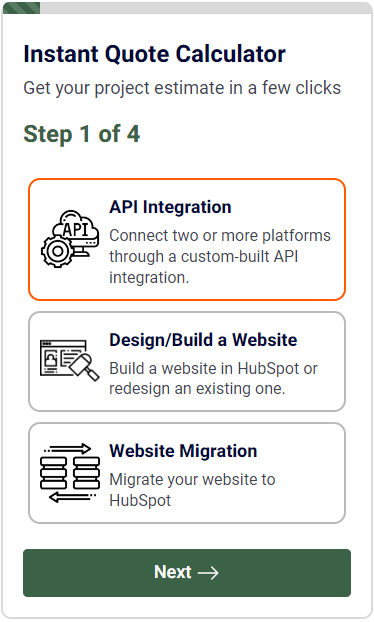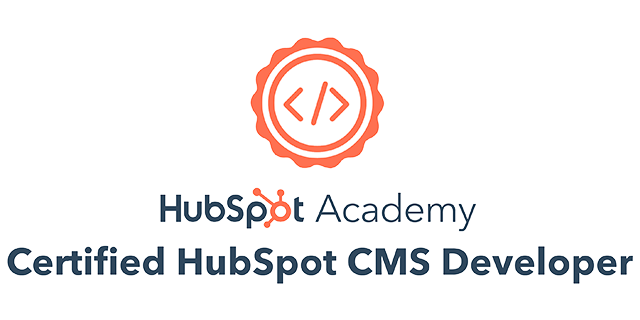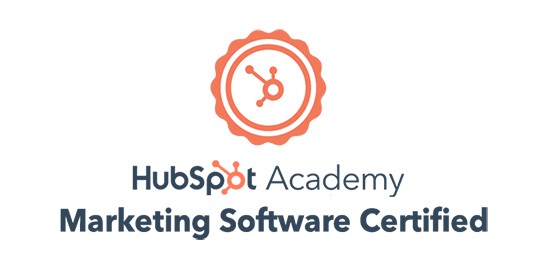- Services
- Build anything in HubSpot
Not sure where to start? Have us evaluate your HubSpot website for free.-

HubSpot Development
Leverage our extensive HubSpot development experience to build anything in HubSpot CMS.
-

Web Design
Redesign a website with a theme, build a custom one, or migrate to HubSpot CMS
-

HubSpot Integrations
Automate workflows with apps, custom objects, HubSpot API integrations & CRM extensions
-

HubSpot Themes
Get our Level Up HubSpot theme, or work with us to build a custom HubSpot theme
-

HubSpot Calculators
Build HubSpot Calculators & Interactive Conversion Tools
-

Shopify Development
Make the most of Shopify themes. Connect with us to build a custom Shopify solution
-

Website Pentesting
Ensure website security audit with web and app vulnerability testing
-
- Build anything in HubSpot
- HubSpot Integrations
- Integrate HubSpot with Any App
-
Salesforce
-
QuickBooks
-
Trello
-
Slack
-
Zoom
-
WordPress
-
Mailchimp
-
Shopify
-
Google Sheets
-
Eventbrite
-
Stripe
-
Asana
-
Facebook Ads
-
Canva
-
Webflow
-
Instagram
-
Twitter
-
Hotjar
-
LinkedIn Sales Navigator
-
Dynamics 365
-
Forminator
-
Instapage
-
Kickbox Email
-
Gong
-
G-integrator
-
Kixie
-
Livestorm
-
OrgChartHub
-
Salesmsg
-
RingCentral
-
Intercom
-
Qwilr
-
Aircall
-
Survicate
-
Teamwork.com
-
Associ8
-
ActiveCampaign
-
Pabbly Connect
-
Coefficient
-
Workato
-
Avada Form Builder
-
SMS for HubSpot
-
Metform
-
Zendesk
-
Vimeo
-
OpenPhone
-
Portal Replicator
-
MailerLite
-
Unito Sync
-
ZoomInfo
-
iCloud
-
Sprocket Rocket
-
JustCall
-
Reveal
-
Lucky Orange
-
Square
-
Wistia
-
Zoho Crm
-
Orum
-
Vidyard
-
Geckoboard
-
Leadinfo
-
Coupler-io
-
Constant Contact
-
Stripo
-
leadsbridge
-
Drift
-
Tray-io
-
Optin Monster
-
Proposify
-
Segment
-
Mapsly
-
Outgrow
-
Funnel
-
ZeroBounce
-
NetSuite
-
Freshdesk
-
Chargebee
-
Smartsheet
-
Cloudfiles
-
View All Integrations
-
- Integrate HubSpot with Any App
- Customers
- Pricing
- About
- Blog
- Work with Us

.jpg)




